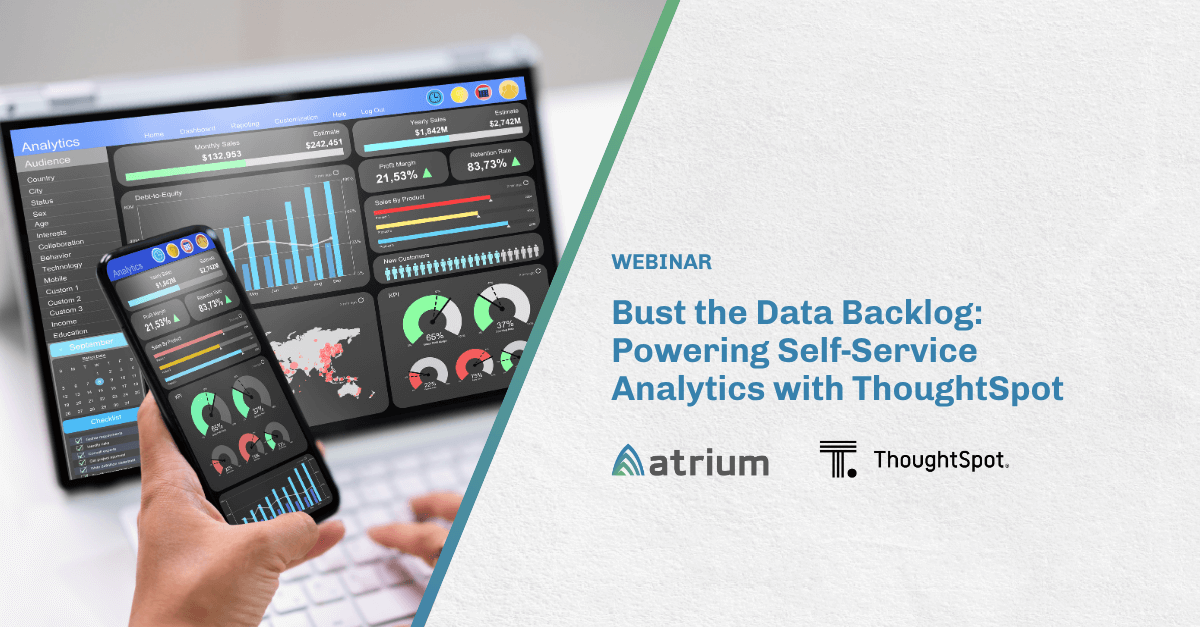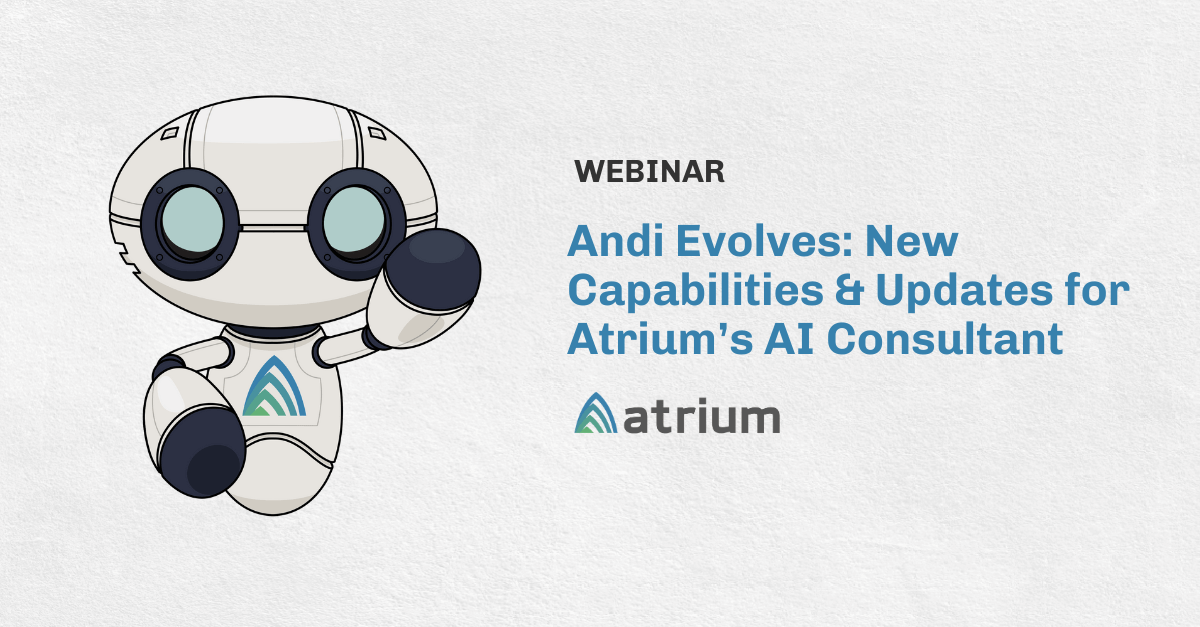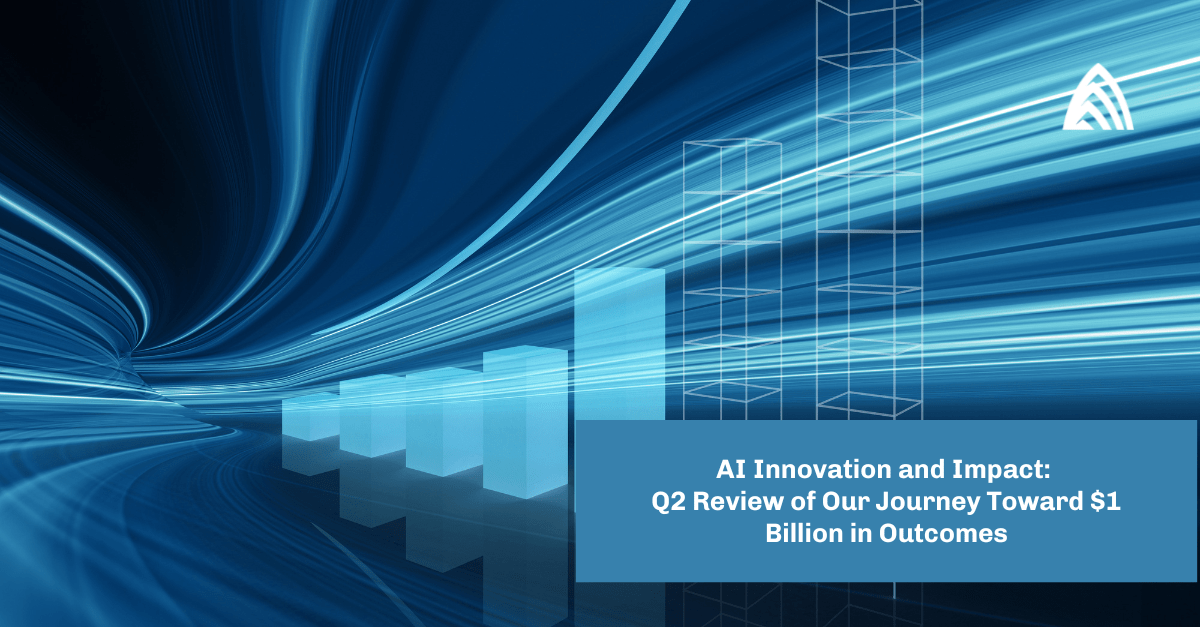Last fall, Salesforce announced the rebrand of Einstein Analytics to Tableau CRM, a new name that could be confusing to those familiar with Tableau. It might seem like a small thing, but renaming Einstein Analytics is an indicator of the direction Salesforce intends to go with reporting. Einstein is still the overall AI brand for Salesforce, including within Tableau. In the long run though, I predict that Tableau will be the prevailing tool for visualizations and Salesforce will focus on Einstein for predictions and data query performance.
But how can customers or those newly interested in reporting tools make sense of the relationship between Tableau and Tableau CRM right now?
Tableau CRM is Salesforce-focused such that customers with data on Salesforce are choosing Tableau CRM to take action on those records. Tableau is significantly more powerful when it comes to presenting data and how much freedom a user has in exploring that data. While “Tableau” is the common thread here, there are certain things Tableau CRM does better and vice versa. The power is in knowing which reporting tool to use for what purpose and knowing when and how to combine the two.
The Importance of a Salesforce Partner With Capabilities Across Tableau CRM and Tableau
Implementing, optimizing, and maintaining any tool is a journey, whether you have the resources you need in-house or not. When it comes to choosing a Salesforce partner to help you get the most out of your experience with Tableau CRM and/or Tableau, or even getting started figuring out what you need, a lot of it comes down to choosing someone who can take a holistic view of your organization and the necessary systems of intelligence.
Atrium’s analytics team has capabilities across both platforms, so to put it plainly, we’re not incentivized to use one over the other. We’re only interested in helping our customers get set up with the tool or tools that match their business needs and allow them to adapt as those needs evolve. We help build not just an analytics solution, but an enhanced process with embedded insights and analytics across the spectrum — descriptive, predictive, and prescriptive. That’s where we can drive real organizational change and better efficiency.
Opportunities and Use Cases We’re Seeing With Tableau CRM
At Atrium, our intention is to continuously focus on what actions users will want to take once they have the info they need — and put that into the context of how they do their work. For instance, we recently worked with a large national distribution company who took a few sales-focused Tableau dashboards and rebuilt them in Tableau CRM.
Why Move from Tableau to Tableau CRM?
In this case, the primary reasons were that our customer had a strong desire to take action on the insights surfaced directly from the dashboards, and the dashboard audience spends most of their day in Salesforce. Tableau CRM’s integrated action framework with Salesforce allowed these dashboards to be far more actionable.
Our customer also was seeing performance problems in Tableau; once loaded, things were fine, but most Tableau dashboards took 30-60 seconds to open. With their primary audience being a busy sales team on the road, this was unacceptable. Tableau CRM generally performs better in this area, and we were able to achieve sub-5-second load times in Tableau CRM.
Saving Time and Resources While Also Better Predicting the Future
Lastly, the solution we implemented supports modeled recommendations, embedding the recommendations and supportive dashboards for a particular account directly within the account screen, and allowing users to take customized action on it directly from within Salesforce or from the embedded dashboards. That ease of use saves time, resources, and helps sales teams better predict the future with an insight into historical data all in one place.
The interesting thing about this use case is that it mirrors the direction that Salesforce has announced it intends to move with Tableau, Tableau CRM, and its overall analytics and AI solution set. To Salesforce and Tableau’s credit, I believe they took an honest look at the strengths and weaknesses of each tool, and they have crafted a roadmap to integrate them using the best features of each.
If You’re Not Already Using Predictive Analytics, You’re Behind
Simply put, you need to tap into your data if you want to compete against others in your market. If you haven’t already prioritized predictive analytics, you’re at a disadvantage. The insights you can surface with predictive analytics and tools like Tableau and Tableau CRM are incredibly powerful. They can help take some emotion out of decision making by creating objective data points.
For a long time we all relied on gut feeling, local knowledge, and lived experience. All of that is valuable, but it’s really hard to argue with data that’s modeled and presented in black and white — as compared to “Bob” who’s done this work for 30 years and “just knows.”
Predictive analytics also allow us to take the mundane off of Bob’s plate. The more we can use data to automate the mundane tasks — tasks in which there’s no experience required — the more time Bob gets back to attend to the things that require his unique human experience.
Don’t Let Your Initial Analytics Investment Go to Waste
The average organization tends to be light on analytics and machine learning expertise, but that doesn’t mean you can skip out on necessary changes to your existing technologies and workflows. Predictive models require care and feeding, and the right partner can understand and optimize yours to suit your business needs. At Atrium, we supplement our implementations with programs to allow continuous innovation and maintenance of your data-focused solutions. As your data evolves, we help you evolve with it.
Learn more about Elevate, our managed services offering for analytics, AI, and machine learning.








